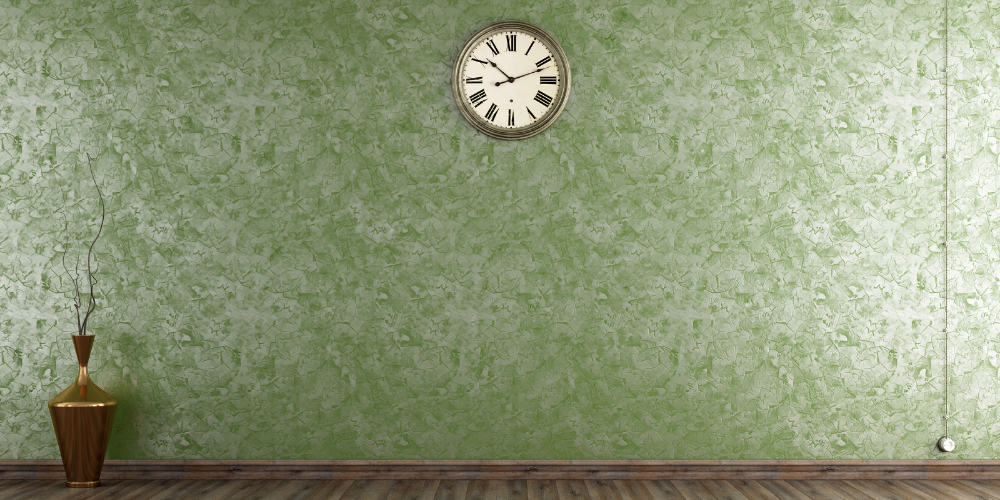Venetian plaster is one of the oldest and most popular decorative techniques.
It is a paste composed of gypsum, lime and sand , which is applied to walls and ceilings to obtain a smooth and shiny surface .
Venetian plaster is characterized by a very fine and velvety texture, which makes it particularly pleasant to the touch. In addition, it is possible to create different finishes, from glossy to semi-gloss to opaque.

The history of Venetian plaster has its roots in the Italian artisan tradition. The first examples of this technique date back to the fifteenth century, when it was used to decorate noble residences. Its use dates back to the times of the Republic of Venice, when it was used to decorate palaces.
Later, the Venetian spatula was imported to France and England, where it found many new admirers. Over the centuries, Venetian stucco has also enjoyed considerable success abroad, so much so that today it is possible to admire it in many cities around the world.
Today, Venetian plaster is back in the limelight thanks to new application techniques and the possibility of creating different finishes.
Venetian stucco is particularly suitable for indoor environments, such as living rooms and bedrooms. However, it can also be applied outdoors, such as balconies and terraces. In any case, it is important to make sure that the surface on which the Venetian plaster will be applied is perfectly smooth and free of imperfections.
In addition, Venetian plaster can be painted in any color, from white to black, from red to blue. This versatility makes it particularly suitable for any environment, from classic to modern.
To obtain a glossy finish, simply apply the Venetian stucco with a microfiber roller. Once dry, it should then be polished with a microfiber cloth. To ensure maximum shine, it is advisable to apply a protective wax.
Venetian plaster can be applied either by hand or with a spatula. In both cases, it is important to make sure that you work in well-ventilated areas and that you protect the furniture from dust. Before application, the surface must be cleaned and dried thoroughly. The grout must then be diluted in water and left to rest for a few minutes. Once ready, it should be applied to the surface with a spatula or a roller, depending on the desired finish.
To obtain a glossy finish it is necessary to apply the Venetian plaster on a perfectly clean and smooth surface. Also, it is important to be careful not to leave any marks on the surface during application.
Once applied, the Venetian stucco must be left to dry for at least 24 hours. Subsequently, you can proceed to polishing the surface with a microfiber cloth.

Once the grout has been applied, it is important to wait at least 24 hours before cleaning the surface . For daily cleaning, just use water and mild soap. In case of persistent stains, it is advisable to use specific products for cleaning the marble.
For deep cleansing, it is necessary to use acid products, such as lemon or vinegar.
Venetian stuccos are highly appreciated techniques for their refined and refined aesthetics. However, it is not only this: Venetian stuccos are also very resistant, easy to clean and long-lasting.
If you are looking for a solution to decorate walls or ceilings, Venetian plaster is for you!
Venetian spatula is a very popular decorative technique for its refined and refined aesthetics. However, it is not only this: Venetian plaster is also very resistant, easy to clean and long-lasting.
In short, if you are looking for a solution for the furnishing of walls or ceilings, Venetian stucco is the most suitable choice.
For other tips on silicones and sealants you can visit our dedicated category.